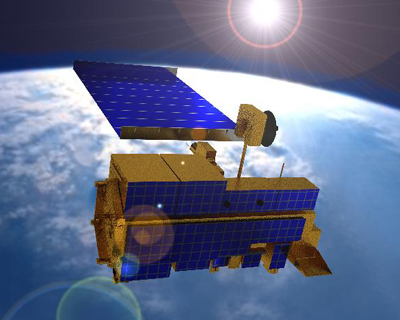|

The NAFI hotspot coverage in the the late mornings appears to have degraded with less hotspots detected.
The hotspots that appear on NAFI come from satellites that pass overhead a few times a day, detecting fires as they go. The NASA Terra satellite (above) which has provided most
of the late morning hotspots, is the oldest and will soon no longer provide hotspots - perhaps by the end of 2025. It is being allowed to drift in its orbit to save the fuel it uses to stablise
its position and some components have failed. It appears fewer fires are being detected in the morning by Terra compared to previous years.
Another older satellite that provides hotspots in the afternoon has had issues in the last couple of years with the accuracy of its hotspots. Where possible, these erroneous hotspots
are removed until the issues are fixed.
These afternoon satellites are being regularly replaced by newer satellites. A new morning overpass satellite, METOP SG A1, which is planned to replace Terra should be operational
late this year.It is uncertain when it will be able to deliver timely morning hotspot data for Australia and Terra may stop operating before the new METOP hotspots data is available. In this case other
satellites will be sourced to try and fill the morning hotspot gap.
These issues are affecting all services that deliver satellite-based hotspot information in Australia. The Terra issue is having a global impact.
You can also check the 10-minute hotspots. Use the "Hotspot Options" button on the NAFI map display to view hotspots from the Himawari satellite which tracks fires
throughout the day. It may miss smaller fires and has coarse map locations, but it's worth checking.
|